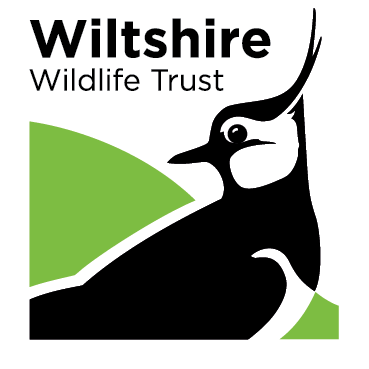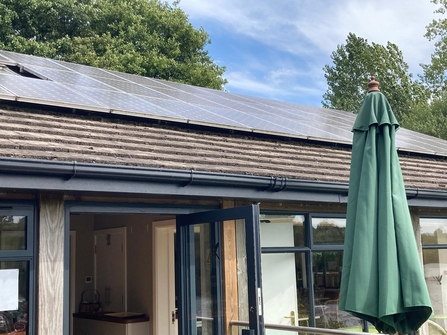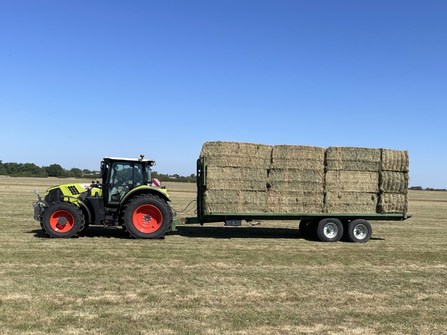Climate change is already playing and is going to play a significant role in our lives. To tackle this, there is unequivocal evidence that human society needs to reduce its emissions of greenhouse gases. Whether as individuals, small organisations, or more powerful entities, everyone has a role to play in taking responsibility for and acting to reduce their emissions. With ultimate aims in connecting all generations with nature and empowering them to take meaningful action for nature and the climate, Wiltshire Wildlife Trust (WWT) has a specified focus on understanding and reducing their emissions.
I’ve been fortunate enough to have done some work experience with Jess Thimbleby, who leads Carbon Reduction for both the Trust and Wiltshire Wildlife Community Energy (WWCE). Through this, it is clear to see the efforts being put into making WWT run as a more sustainable organisation and spreading the word throughout the county.
Measuring Emissions and Working with WWCE
Firstly, it is hard to reduce emissions without knowing what is being produced and where. Monitoring and measuring the emissions produced is therefore fundamental, and through Jess, WWT is starting to gain a greater understanding of their emissions produced each year. This is broken down into different elements and sites, examining everything from calculations of purchased goods and services to the energy used and miles travelled.
From measurement comes action. Actions taken in recent years include using renewable electricity generated by WWCE-owned rooftop solar panels at Langford Lakes nature reserve and Clattinger Farm (on the Lower Moor Farm reserve).



